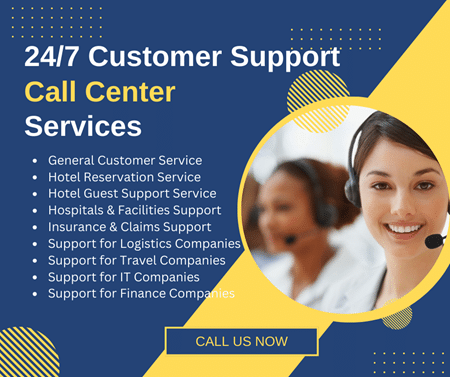Is developing an SLA worth the time and effort? It is if you want to improve service delivery & keep customers happy. They are especially critical when outsourcing inbound call center services as well as help desk and tech support services. Outsourcing can help you boost customer satisfaction—especially if customer service isn’t a competency for you.
To get the most from these offshoring services, you need to develop an SLA that does exactly what you want it to do.
In general, you should cover the following pointers
- Secure performance commitments as measured against key metrics
- Create incentives for providers to meet these commitments
- Generate options to help you take corrective action for deficient performance
But you can’t achieve these things if you create a service level agreement that’s in your service provider’s best interests. A provider favorable agreement decreases the provider’s incentives to perform well and thus defeats the meaning of SLA
Instead, create an ironclad contract that favors you. It should contain goals, commitments, options, and incentives that contribute to your company’s short- and long-term success.
The key to doing this is by asking the right questions before negotiating with your vendor. Below are 7 critical questions you need to answer to develop an ironclad contract favorable to you:
1. What Service Levels Do You Want To Include When Developing SLA?
Quality, speed, availability, capacity, and reliability; all are key things you can measure in your agreement. So are things like efficiency, effectiveness, timeliness, and user-friendliness. These capabilities can help boost customer service and satisfaction.
But you need to nail down exactly what it is you want to measure and how you’ll measure it before creating one. Make sure there’s a strong correlation between what you value and what the provider delivers.
2. What Specifically Will You Measure?
You need to define precisely what aspects of the services will be measured. Otherwise, you create “vulnerabilities” that providers can exploit. To eliminate vulnerabilities in your service level agreement, define clear standards that measure each service and a formula for calculating the end result.
3. How Will You Measure Service Quality?
A service quality that can’t be measured, invites problems. So make sure you define a specific method for measuring each service in your contract. This sets the bar for your provider. Key issues to keep when mind defining methods include accuracy, cost, and visibility.
Helping Businesses Reduce Cost & Improve Profitability.
Call 877-262-5030 or Submit Form
4. How Long Is The Measurement Period?
This is the time horizon for the performance of your after hours call center. Usually, it’s monthly or quarterly. But it can be longer. Include how much time is in any measurement period. But remember, shorter periods give providers a “fresh” start more often than longer periods.
5. What Reports Do You Need?
Specify what reports your provider must give you for each measurement period. You want reports that are clear, useful, and timely. Also, defining the information that is to appear on the reports like AHT, FCR, Response Rate, Productivity trends for key services.
6. What Service Adjustments Will There Be?
Make sure you include automatic adjustments to your services. These are especially critical if you want to see steady improvement in performance to meet a benchmark, like keeping pace with the marketplace. This may also include a change in service hours, like adding after-hours support to your business hours help desk services.
7. What Credits Do You Want To Provide In The Agreement?
Credits are what the provider gives you after a service failure or performance dips below a certain standard. The credits can come in the form of either a check or additional service. Both reduce the effective price of the services and the supplier’s profit margin.
These are just some of the key questions you need to answer before heading into a meeting with your service provider. Do keep in mind that negotiating an ironclad SLA is only a start in improving customer experience and satisfaction. It’s a continuous process that should never stop.
Let us put our proven experience in providing outsourced customer service for small and medium-sized companies to work for you. Request a quote from our sales team.







